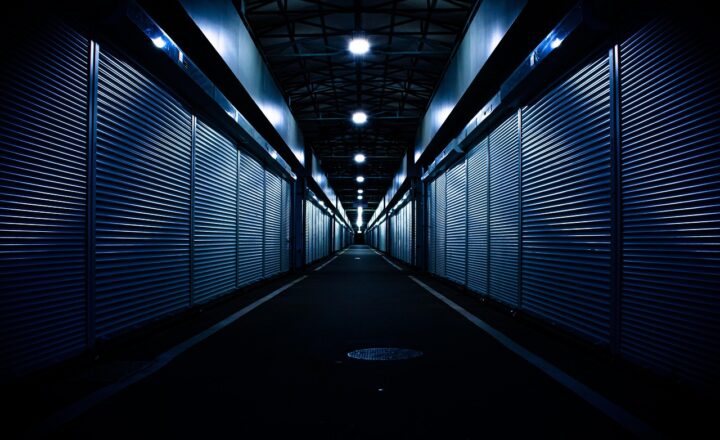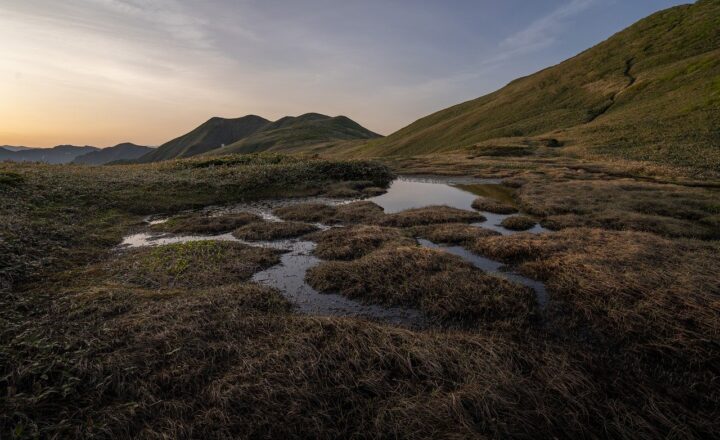
The ancient Persian civilization is renowned for its incredible innovations and contributions to science, art, and architecture. Among their many achievements, one of the most remarkable is the invention of refrigeration systems in an environment that is largely characterized by extreme heat. As unimaginable as it may seem to us today, ancient Persians found ingenious ways to preserve food and maintain a cooler living space, utilizing the environmental conditions around them.
1. The Harsh Climate of Persia
The geographical landscape of ancient Persia presented a paradox; while it enjoys fertile lands along riverbanks, much of the territory is dominated by arid deserts and mountainous regions. These regions experience temperatures that can soar above 120 degrees Fahrenheit (49 degrees Celsius) during summer months, creating a dire need for effective cooling solutions. The Persians had to adapt quickly to their environment, especially when it came to preserving perishables like fruits, vegetables, dairy products, and meats.
**The Importance of Food Preservation:**
Preserving food was essential not only for survival but also for economic reasons. Trade routes crisscrossing Persia meant that merchants needed effective methods to transport goods over long distances without spoilage, which could lead to significant financial losses.
2. The Invention of the Windcatcher
One of the most remarkable innovations attributed to the Persians is the windcatcher, also known as a badgir. These structures functioned as natural air conditioning systems, capturing the slightest breeze and directing it into the interiors of homes and buildings.
**How Windcatchers Work:**
– **Structure:** Typically built from mud bricks, windcatchers are tall towers constructed with openings on multiple sides to catch wind from various angles.
– **Cooling Effect:** The captured air would be directed downward into living spaces, cooling the room significantly when the temperature outside was scorching. In some designs, water would be evaporated as air flowed through the structure, adding another cooling effect.
– **Adaptation:** Over generations, the design of windcatchers evolved, adapting to local climatic conditions while remaining efficient.
3. The Qanat System: Underground Water Channels
To further enhance their cooling systems, the ancient Persians developed an extensive irrigation network known as the qanat system. This innovative system transported groundwater from aquifers via underground tunnels, making water available in arid regions.
**Benefits of the Qanat System:**
– **Conservation:** The qanat system facilitated the conservation of water resources, ensuring a steady supply for irrigation and personal use.
– **Cooling Effects in Homes:** The cool water from the qanat tunnels could be used in combination with windcatchers to create an ambient cooling effect. By allowing the cool air from the qanats to circulate through homes, the Persians effectively created a rudimentary form of air conditioning.
– **Support for Agriculture:** This system not only aided in food preservation but also vastly improved agricultural productivity, allowing for more complex societies to flourish.
4. The Role of Icehouses
In addition to windcatchers and qanats, icehouses played a significant role in the refrigeration solutions of the Persians. Known as yakhchāls, these structures were used to store ice and perishable food items, making it possible to enjoy fresh produce and dairy even in extreme temperatures.
**Construction and Functionality:**
– **Design:** Yakhchāls were often constructed from mud bricks, featuring thick walls that insulate against the heat. The dome-shaped roofs with aerodynamics helped to promote airflow and keep the interior cool.
– **Ice Production:** During winter months, ice would be harvested from frozen lakes and stored in these icehouses. The design allowed the ice to remain frozen for extended periods, even in the sweltering heat.
– **Expanding the Threshold of Food Preservation:** By having ice readily available, Persians could preserve delicate items, including dairy products and a variety of meats, extending their shelf life significantly.
5. Cultural Significance
The innovations surrounding refrigeration and cooling systems in ancient Persia also had profound cultural implications.
**Celebrating Community and Trade:**
– **Culinary Richness:** With the ability to preserve ingredients came a flourishing culinary culture that celebrated not only bread and stews but also elaborate dishes made with fresh herbs and spices.
– **Economic Boost:** The trade routes benefited immensely as merchants transported fresh and preserved goods, contributing to a vibrant economy.
**Symbol of Power and Innovation:**
– **Architectural Legacy:** The impressive design and functionality of these cooling methods showcased Persian engineering prowess, contributing to their reputation as one of the leading civilizations of the ancient world.
– **Cultural Continuity:** Many of these ancient cooling systems have influenced modern architecture and irrigation practices across the Middle East, ensuring the legacy of Persian ingenuity endures.
Conclusion
The story of how ancient Persians invented refrigeration systems in the desert is one of remarkable human ingenuity and adaptation to harsh climates. By harnessing natural elements such as wind and water, they developed innovative systems that not only preserved food but also enhanced their quality of life. The legacy of these extraordinary advancements continues to inspire modern cooling techniques and cultural appreciation for the benefits of preservation. As we reflect on the persistence of the Persian civilization, it is beautiful to recognize how much we owe to their innovations in our quest for comfort and sustainability in the face of nature’s challenges.








